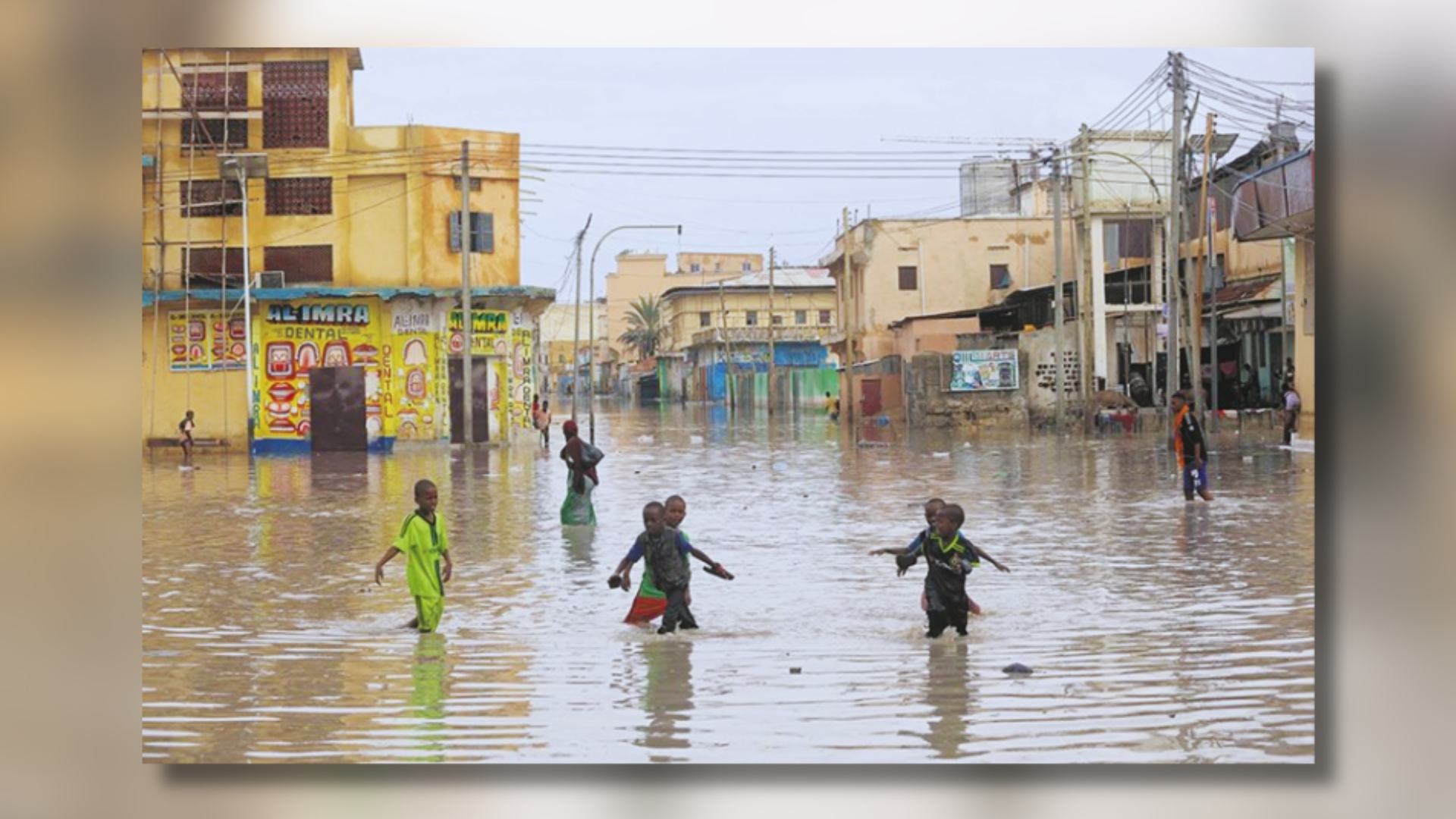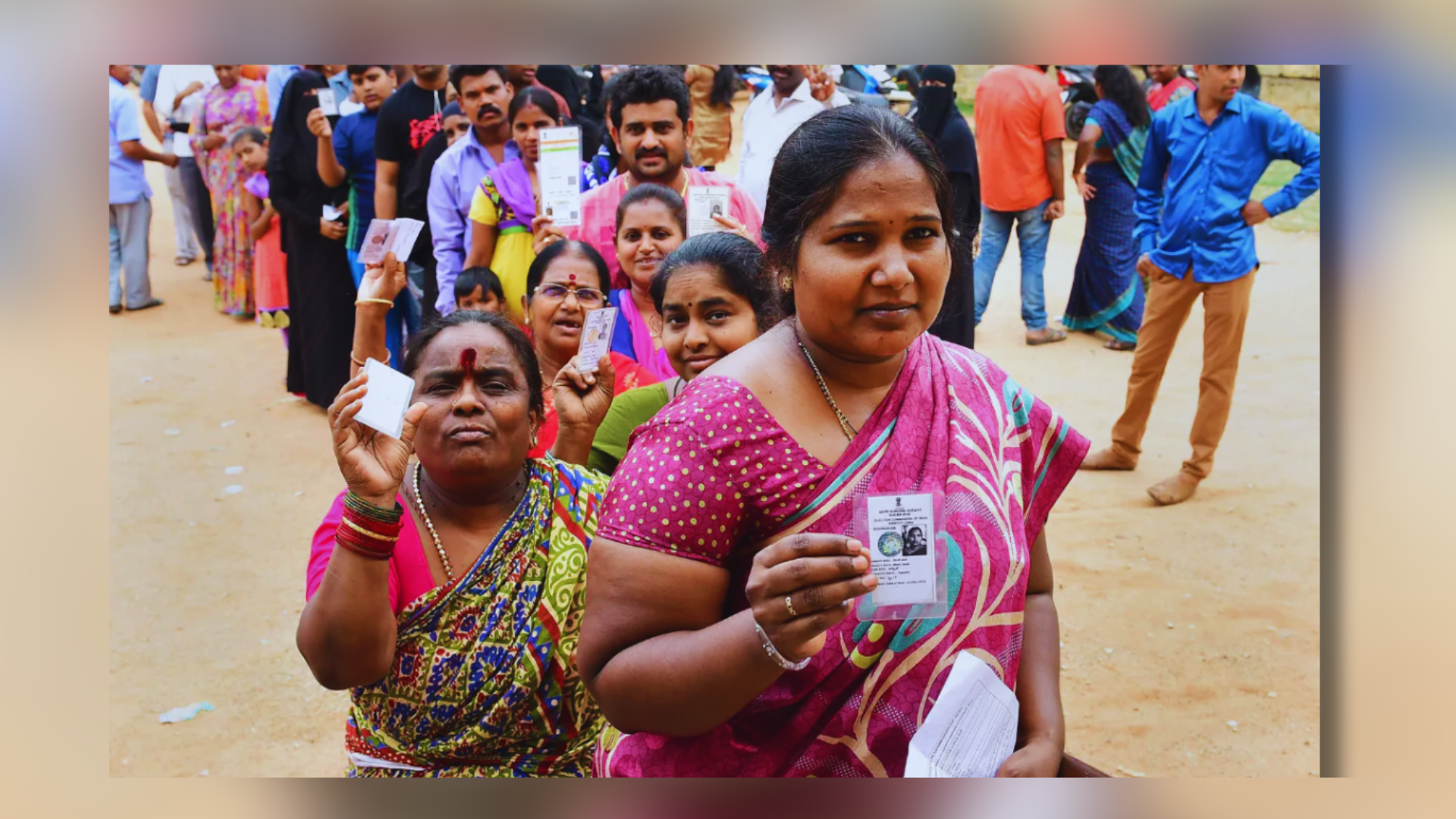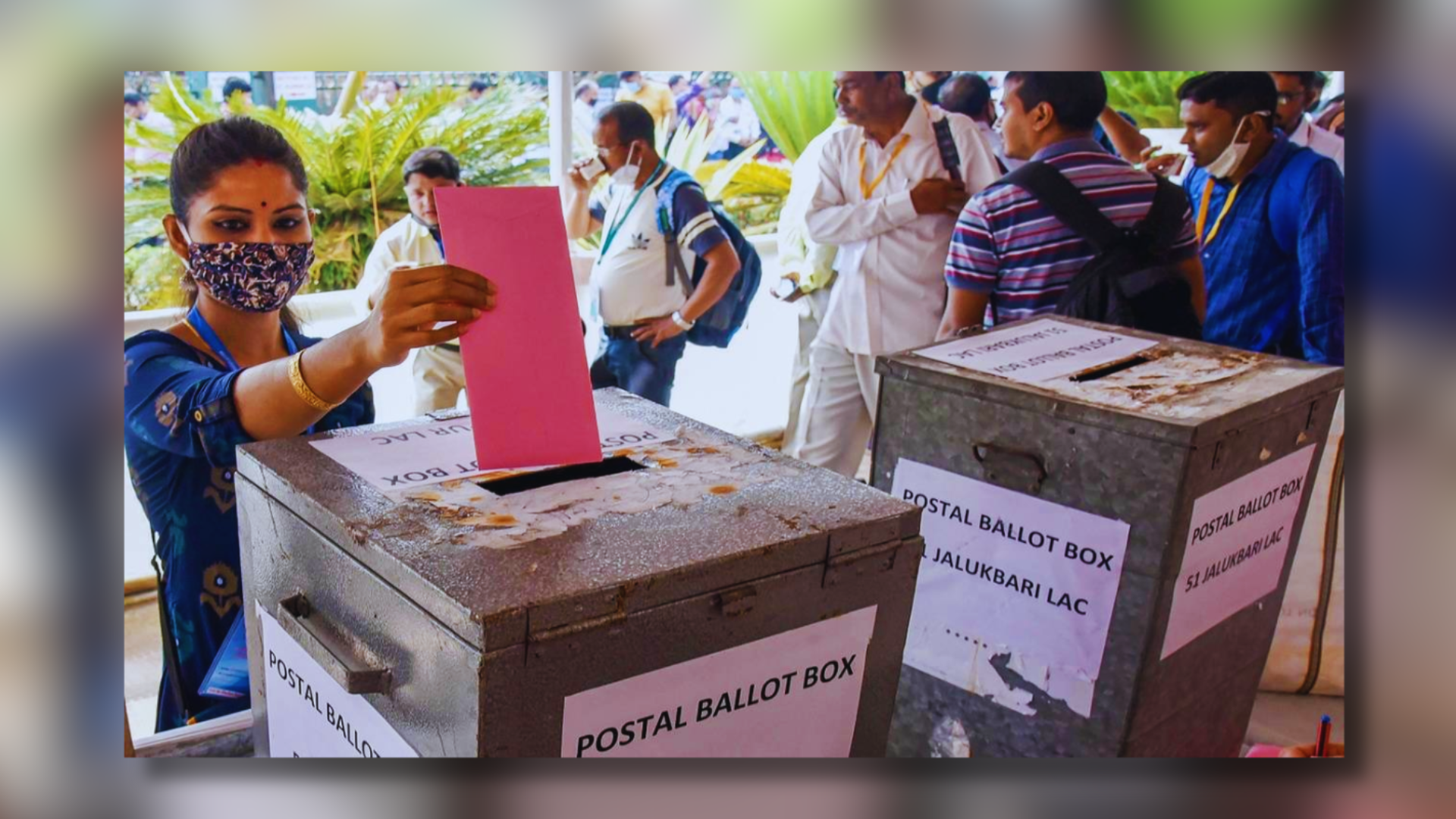



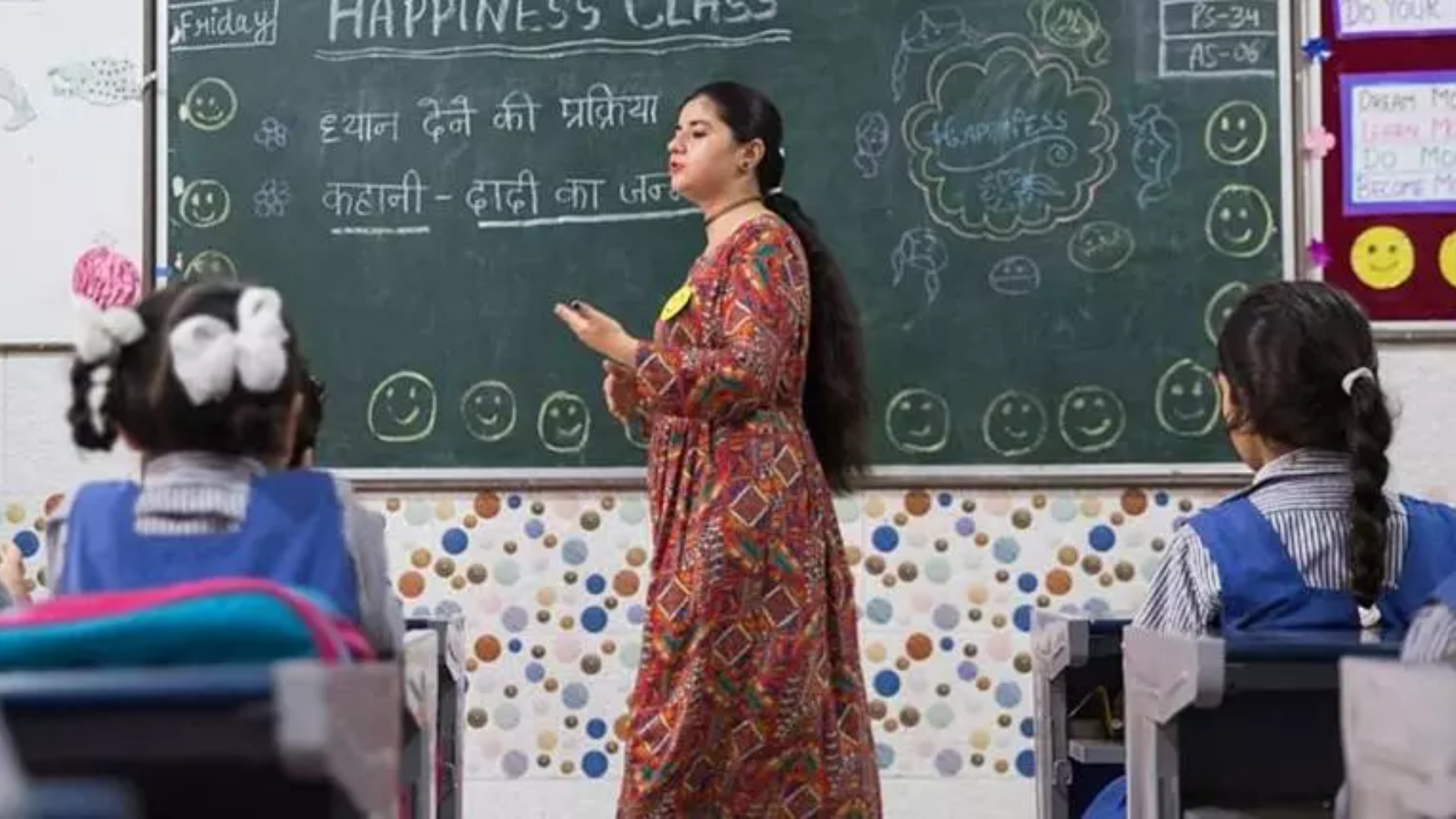
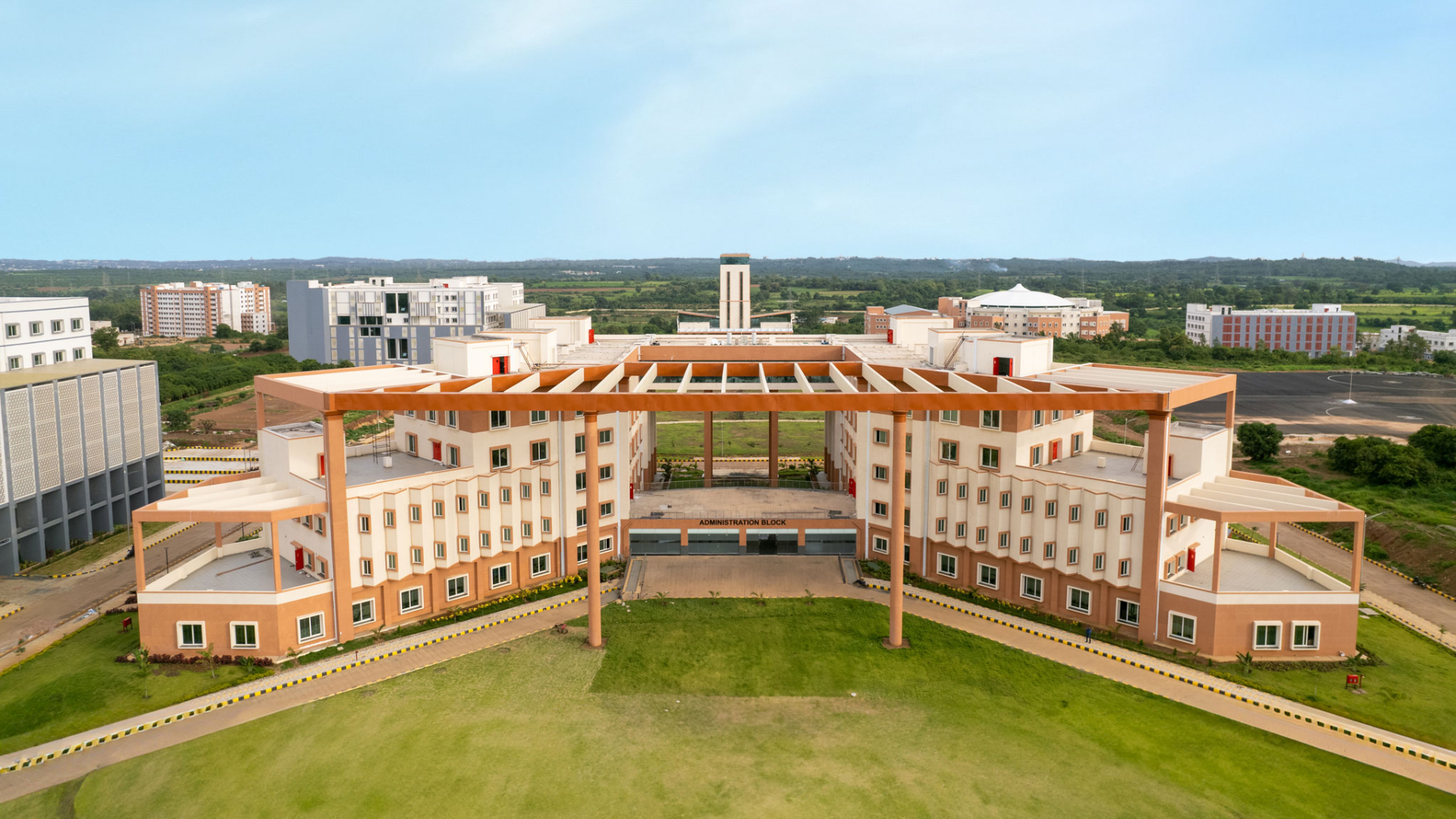

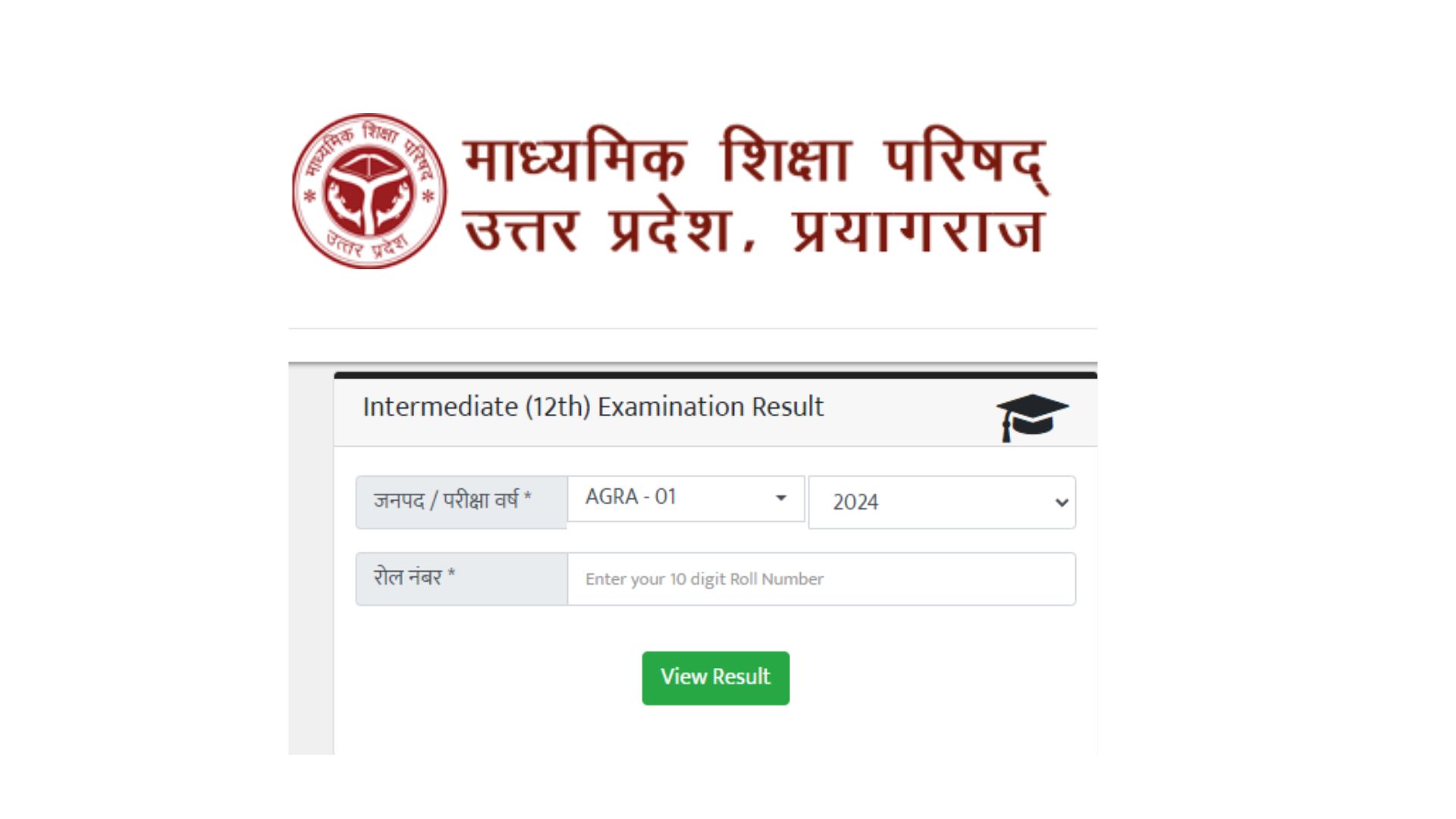


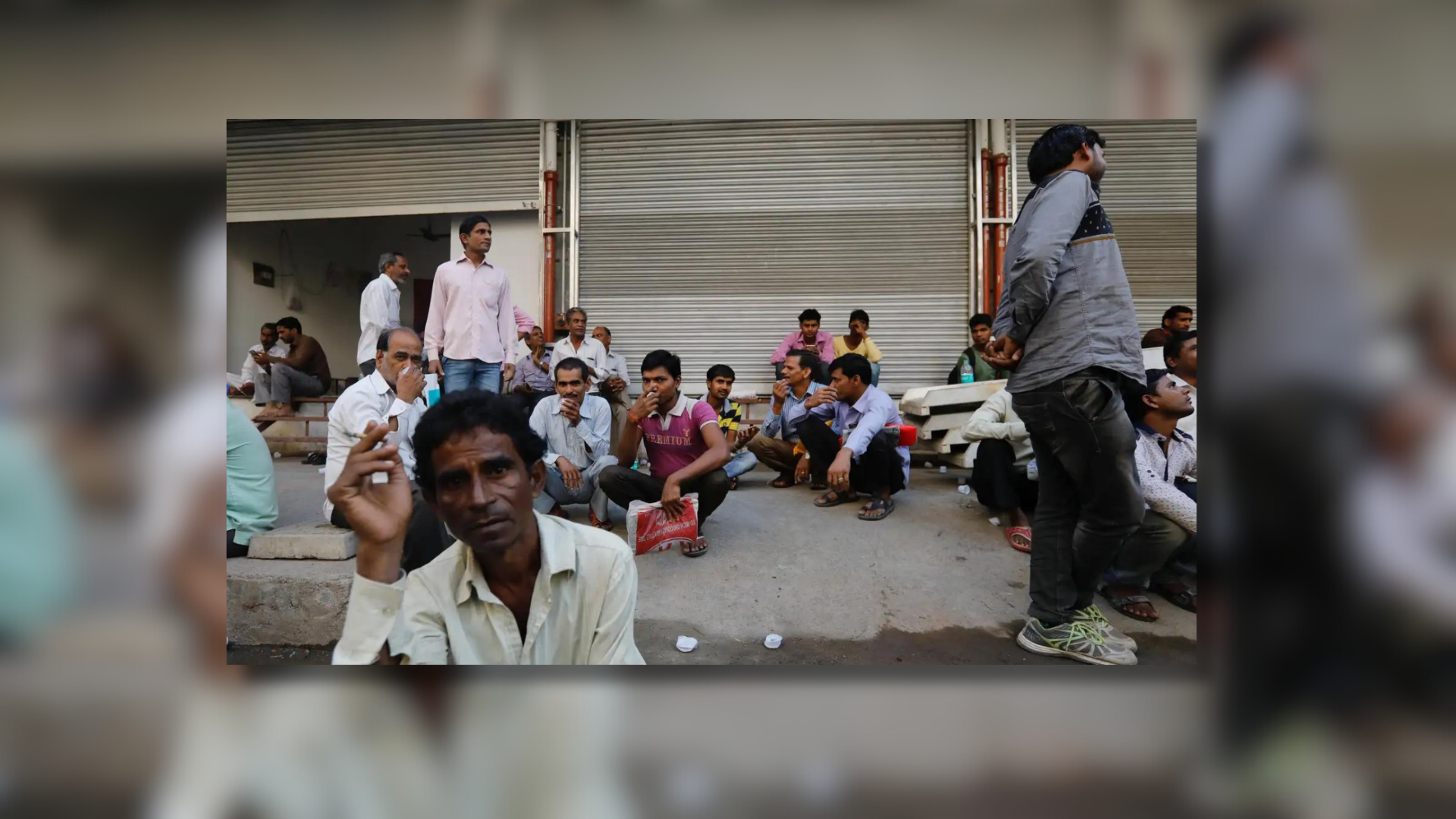
According to a recent report by the International Labour Organization (ILO) on India’s labor market, the unemployment rate among graduates stands at 29.1%, nearly nine times higher than the 3.4% rate among illiterate individuals. Additionally, young people with secondary or higher education face an unemployment rate six times higher, at 18.4%.
“Unemployment in India was predominantly a problem among youths, especially youths with a secondary level of education or higher, and it intensified over time,” the ILO said.
READ MORE
OpenAI Introduces Novel Feature Capable Of Text Reading And Voice Mimicry
CPI Receives Income Tax Notice For Use Of Old PAN Cards
These statistics reveal a significant disparity between the skills possessed by the workforce and the job opportunities available in the market. Notably, renowned economists like former central bank Governor Raghuram Rajan have warned that India’s inadequate education system could impede its economic growth in the long term.
“Youth unemployment rates in India are now higher than the global levels,” the ILO said. “The Indian economy has not been able to create enough remunerative jobs in the non-farm sectors for new educated youth labor force entrants, which is reflected in the high and increasing unemployment rate.”
In China, the unemployment rate among young people aged 16-24 surged to 15.3% in the first two months of the year, approximately three times higher than the 5.3% rate among the urban population.
While there has been a decline in the proportion of young unemployed Indians (aged 15-29) from 88.6% in 2000 to 82.9% in 2022, the proportion of educated youth has increased from 54.2% to 65.7% over the same period, as per the ILO data.
Women, in particular, are disproportionately affected, constituting 76.7% of the educated unemployed youth compared to 62.2% for men. Moreover, urban areas experience higher rates of joblessness compared to rural areas.
India’s female labor force participation rate is one of the lowest globally, standing at around 25%, according to the ILO. However, there was a slight improvement during the pandemic due to a significant increase in subsistence employment.
The report also raises concerns about the proliferation of gig jobs, characterized by temporary and low-paying positions such as food delivery drivers. Digital platforms have blurred the lines between traditional employment and self-employment, presenting new challenges for the welfare and working conditions of workers, the ILO noted.


